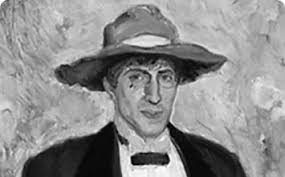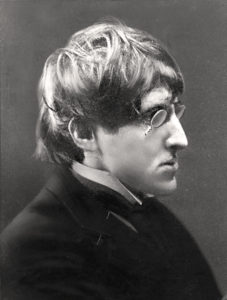
1880 - 1928
Nikolai Astrup
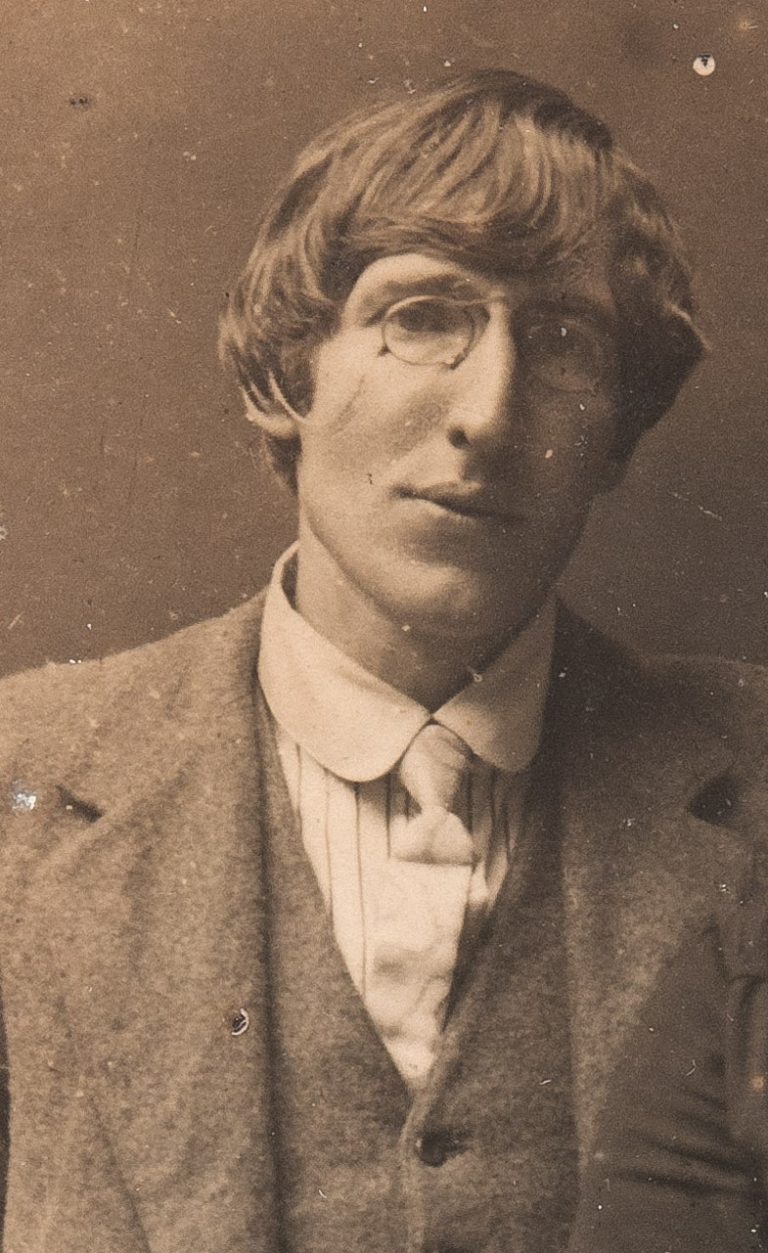
description
A Norwegian Expressionist, graphic artist and illustrator. Nikolai Astrup was the founder of the Norwegian national landscape, who depicted the beauty of Western Norway in his own original and bright manner.
The father of the future artist was a priest; he was appointed a vicar in the town of Yelster, where the whole family moved. Nikolai grew up in a picturesque area among mountains and forests; from childhood, he showed an interest in fine art. After graduating from high school in Trondheim, he returned home and began to teach reading and writing to his younger brothers and sisters. At this time, he began to draw a lot, although nowhere did he learn painting professionally. The artist’s early works were mainly on religious themes.
Having visited many European countries and trained in the best educational institutions in Paris, the artist retained deep affection and loyalty to his homeland. On his return home, he settled in the modest town of Yelster, where he lived his whole life, having a large family, farming and painting the views of nearby mountains, lakes and valleys. Despite the fact that after his death the artist’s work was forgotten for some time, Nikolai Astrup is considered one of the greatest Norwegian artists of the early 1900s. His works are sold at prestigious auctions and are highly appreciated among collectors around the world.
Key ideas:
– The works of Nikolai Astrup are examples of pure and emotional art, sincere and original, taking inspiration from the energy of the native land and people’s traditions. In the canvases of the artist, his close acquaintance and enthusiasm for contemporary art movements are noticeable, which, nevertheless, serve only as a supplement to the original style of the Norwegian master.
– In his paintings, N. Astrup preferred bold, saturated colors and clear lines. He worked with a rich color palette, choosing emerald green, bright yellow and rich browns. Most of his paintings depict the nature in Yelster County, where the artist grew up and lived surrounded by a large family all his life. The northern landscape with its majestic mountains, swift creeks and flowering valleys, as well as ancient folk traditions, had a huge influence on the artist.
– In his work, Astrup created his own “national” visual language, filled with fantastic elements and causing direct associations with the folk stories of the northern peoples. Nikolai Astrup’s paintings reveal the intimate interaction between a rather harsh nature and a person who loves it, so that they become alive and understandable to the viewer.
– The favorite themes of the artist were moonlit May nights, sunrise over the mountains and the everyday life of Norwegian peasants. The repeated plot was colorful traditional folk festivals on the holiday of the summer solstice. In these pictures, the central role is played by a fire around which festively dressed people sit or dance. In the foreground, the artist sometimes places a lone figure watching the action from afar. Researchers rightly associate this character with the personality of the author himself – he was a partial observer, noticing the characteristic features of the action.
1880
1899
1901
1902
1905 - 1907
1908
1911 - 1916
1922 - 1923
1928
The birth of the artist
He began his studies at the art school in Christiania
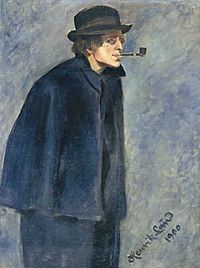
In France, the artist visited the studio of Norwegian painter Christian Krogh
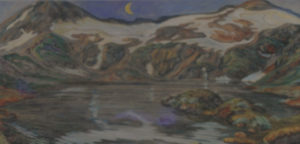
Returned home, to his hometown Yaelster, where he lived the rest of his life
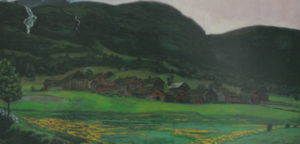
He created many picturesque landscapes and portraits to order
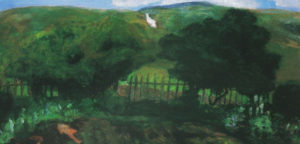
Made a trip to London
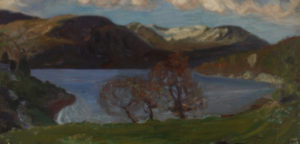
He made a few more trips to Berlin, Munich, Copenhagen and Stockholm
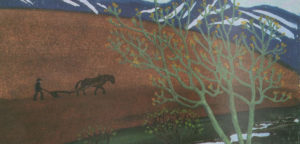
The journey through Europe
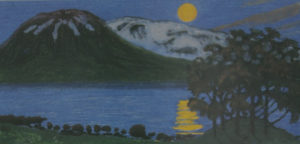
The death of the artist
